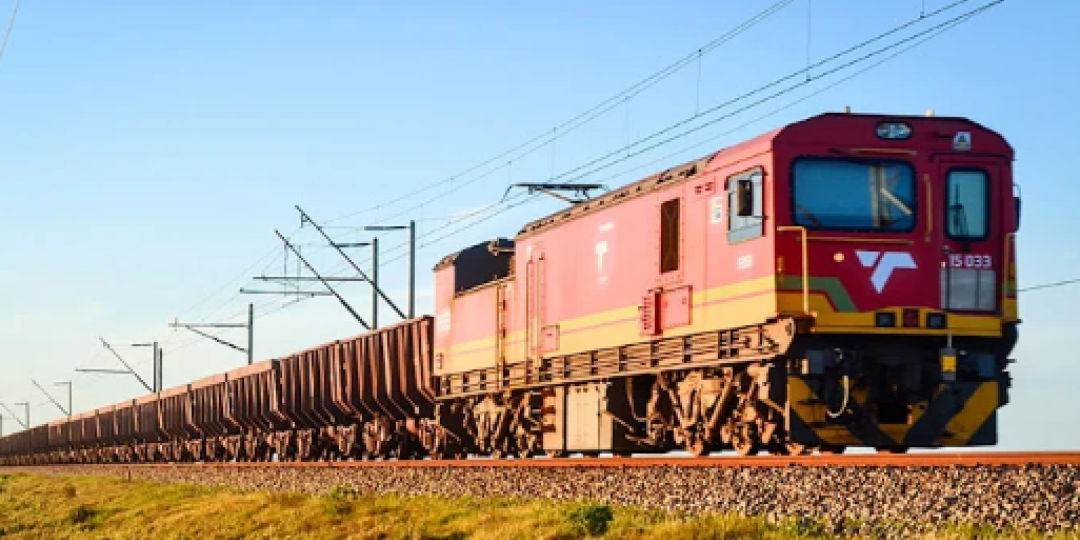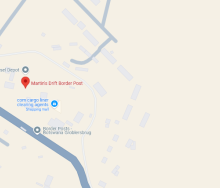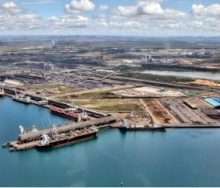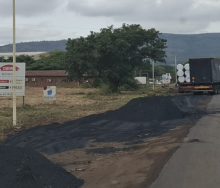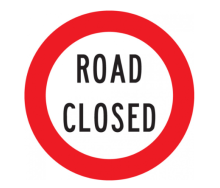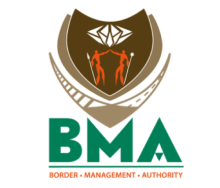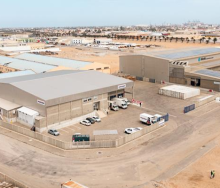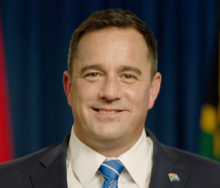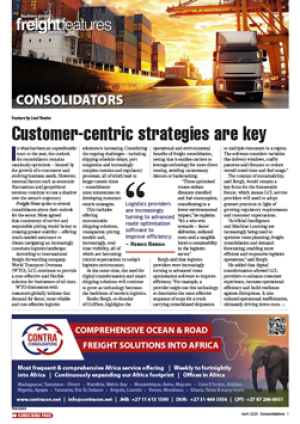Startling figures have emerged of criminal interference on Transnet Freight Rail’s (TFR) vast network of 21 323 kilometres, and the cost of “preventative and asset restoration” measures to counter theft and vandalism of much-needed bulk rail logistical infrastructure.
While some of TFR’s six corridors across South Africa are impacted more than others, the total picture tells a story of urgent funding assistance required by the state-owned company (SOC), whose debt burden is expected to increase to R151 billion in 2025.
Moreover, the woeful figures contained in a Network Statement issued by the utility in December add to coverage over the weekend that the logistics SOC recorded an interim loss of R2.2bn for the six months ending last September, up from R1.6bn for the same period year-on-year.
According to Transnet, its Container, Central, Cape, and North-East Corridors will respectively require R2.9bn, R1.39bn, R3.1bn and R1.47bn to assist with infrastructural asset restoration and measures to curb theft and vandalism.
Although a January 6 report in Business Day does not mention the daily average of criminal incidents on the North-East Corridor, used to service cross-border trade into Eswatini, Mozambique, Zimbabwe, Zambia and the Democratic Republic of the Congo, it’s reported that there are about five, six and four acts of theft and vandalism on the Container, Central and Cape Corridors daily.
The 861 iron ore line from Sishen to the Port of Saldanha, the longest line of its kind in the world, ‘only’ recorded 28 security concerns last year but will still require R1.9bn in preventative and asset restoration spending.
However, the pit-to-port Iron Ore Corridor runs through mostly uninhabited areas compared to TFR’s most criminally targeted bulk line – the North Corridor (NC) connecting coal mining on the outskirts of Ermelo with the Port of Richards Bay.
In 2024, 1 334 criminal incidents occurred on this line, compromising signalling, electrical and technical support as well as telecommunication.
Transnet said R3.1bn was needed for preventative and asset restoration measures on the NC.
With a billion needed every month to service its debt, it stands to reason why transport minister Barbara Creecy in December gave the go-ahead for the Network Statement to expedite open-access involvement by 3rd party operations in the country’s rail network.
Business Day reports that “the quantum of investment required to rehabilitate (at a minimum) lines of economic importance by far exceeds Transnet’s capacity for funding thresholds.”
As a result, urgent funding assistance is needed “to address these underlying issues, stabilise the rail network, and bolster economic growth.”
But slot capacity on some lines such as the NC, consistently undermined by criminality impacting infrastructure and connectivity, could pour cold water on private-sector investor appeal.
It was put on credit watch by S&P Global recently, with the ratings agency saying: “South Africa’s rail infrastructure is now in a critical state of disrepair, marked by visible deterioration attributed to prolonged underinvestment, theft and vandalism.”
According to Business Day, S&P Global added that “this decline has led to significant reductions in transportable rail freight volumes, dropping from 226 million tonnes in the 2017/18 fiscal year to 152 million tonnes in 2023/24”.
